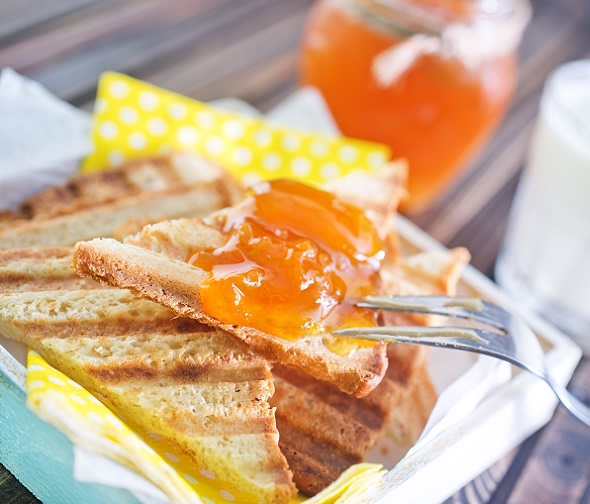 First, stevioside doesn't have a fixed multiple, so it can't be divided by integers like 200 or 300. He had to control the sweetness of the application, and now the sweetness of the application is two sugars, also called 2% sucrose, and the sweetness factor of stevia is about 280-300. But if you have a four sugar environment or even a six sugar environment, then the sweetness factor of stevia is not that high, it's between 200 and 220.
First, stevioside doesn't have a fixed multiple, so it can't be divided by integers like 200 or 300. He had to control the sweetness of the application, and now the sweetness of the application is two sugars, also called 2% sucrose, and the sweetness factor of stevia is about 280-300. But if you have a four sugar environment or even a six sugar environment, then the sweetness factor of stevia is not that high, it's between 200 and 220.
The reason for this is that high-power sweeteners all have this in common, especially stevia side.
When stevioside is contrasted with very low sweetness sucrose, it shows very high sweetness multiples, and the solution is mildly sweet. But when the concentration of the sucrose solution was doubled, the dosage of stevia more than doubled, from 1.2 to 1.5 times, and it was a decreasing relationship. So if you continue to increase the sweetness, for example, sucrose to 10, 15 percent, no amount of stevia can be added to achieve this sweetness multiplier. On the other hand, when the sweetness exceeds 8 and 9 percent, the post-bitter, or plant-specific, taste of stevia side becomes very pronounced.
 So stevia side in the process of use, there is an optimal range. We have a simulation curve of sweetness multiples, and we can use that simulation curve, based on the approximate range of sweetness that you need to replace stevia, to find the number of sweetness multiples, and then add it to find the optimal mix.
So stevia side in the process of use, there is an optimal range. We have a simulation curve of sweetness multiples, and we can use that simulation curve, based on the approximate range of sweetness that you need to replace stevia, to find the number of sweetness multiples, and then add it to find the optimal mix.